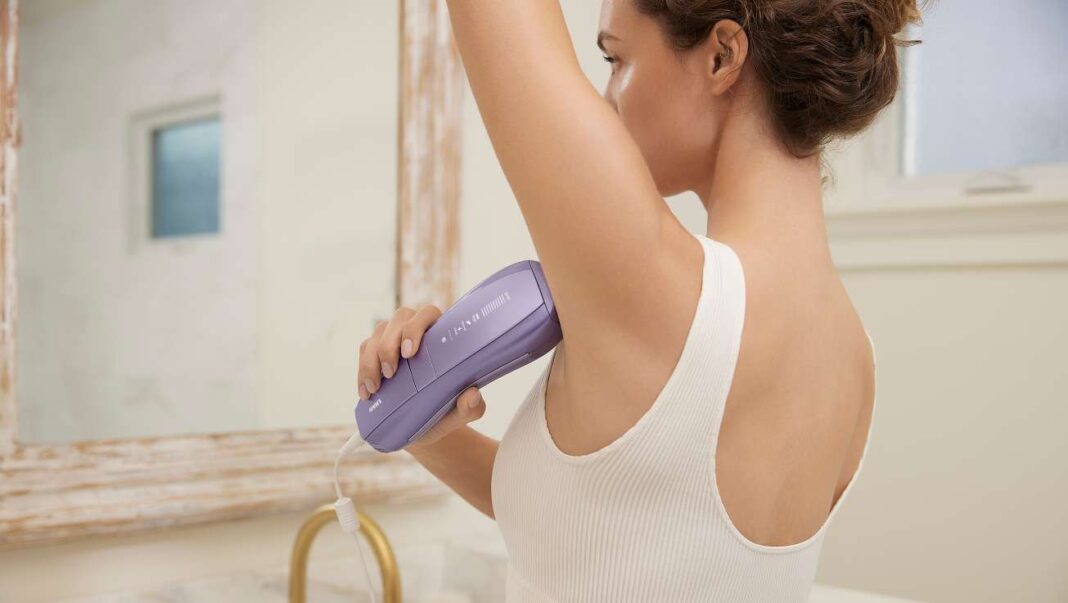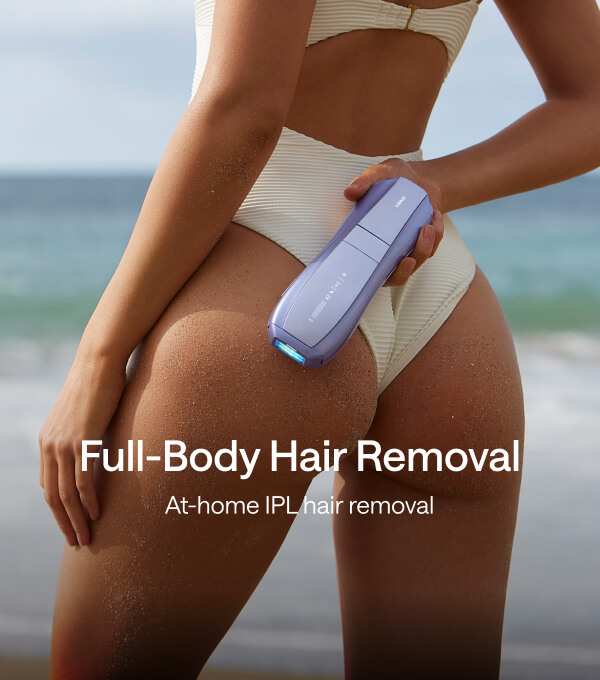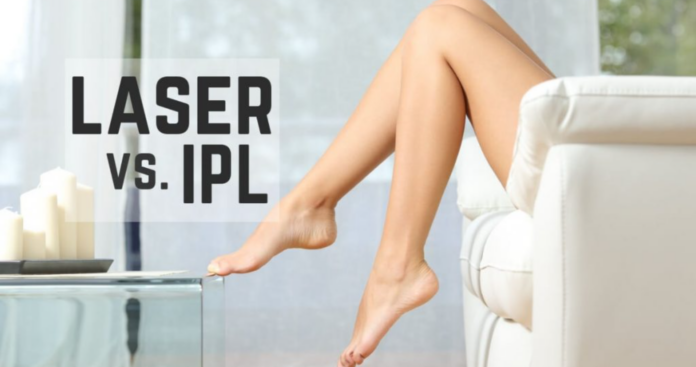The rapid growth of technology and the rapid advancement of laser therapy have made the laser a real at-home therapy and have decreased the demand for professional services. Products such as diode lasers and even IPL (Intense Pulsed Light) systems are now available in the market, promising amazing results in perfect hair-free skin from the comfort of your own home. Yet the effectiveness of such devices really differs. Are they safe? Do they measure up to licensed professionals? Does at-home laser hair removal actually work? This article will immensely answer all these questions by research, user experience, and expert opinion.
Table of Contents:
- Part 1: How Do At-Home Laser Hair Removal Devices Actually Work?
- Part 2: Does At-Home Laser Hair Removal Actually Work for Women?
- Part 3: Does At-Home Laser Hair Removal Actually Work for Men?
- Part 4: At-Home vs. Professional Laser Hair Removal. Which device works better?
- Part 5: Recommended Sessions for At-Home Laser Hair Removal Results
- Part 6: Trending Developments in At-Home Laser Hair Removal
- Part 7: Expert Tips for Making At-Home Laser Hair Removal Actually Work
Part 1: How Do At-Home Laser Hair Removal Devices Actually Work?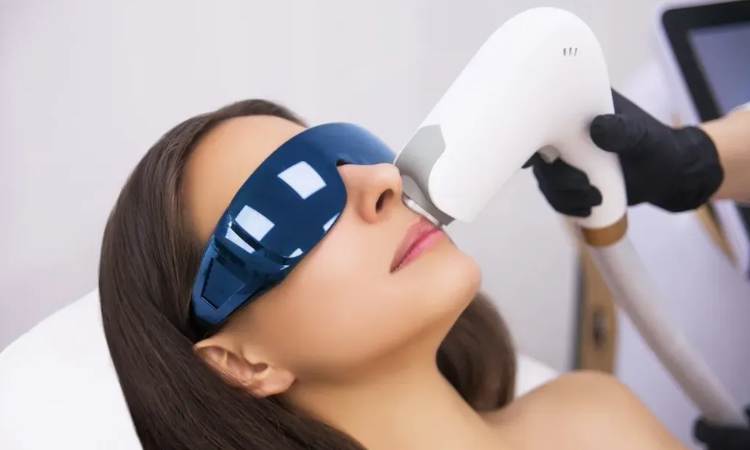
Home-based laser hair removing devices commonly use IPL or diode laser technology, deploy light energy absorbed by melanin by hair follicles to destroy the hair follicles and stop hair growth in the future. Although safety and ease of use are promised by home devices, the professional ones can be opt. for faster results as they use high-intensity energies. The efficiency period and increased customer interest are driving the market for laser devices, creating a demand for easily accessible and effective hair removal solutions.
Part 2: Does At-Home Laser Hair Removal Actually Work for Women?
Laser hair removal is highly successful for women particularly on common areas like the legs, bikini line, and underarms. Studies show that by regular use for some months, such tools could have really reduced hair re-growth by as much as 70%.
These devices keep getting better and better every day, depending upon the correct application of such devices in women. A typical treatment plan will involve six to eight sessions over a period of two to four months, with visible benefits after the first few sessions. Built-in sensors for varying the intensity according to personal requirements have been incorporated into devices like Ulike Air 3; therefore, users should ensure that the setting of their products corresponds to their skin tones to prevent burns or irritations. In addition, many devices are made specifically for women, as they have gentle attachments suitable for special areas like the bikini line.
Part 3: Does At-Home Laser Hair Removal Actually Work for Men?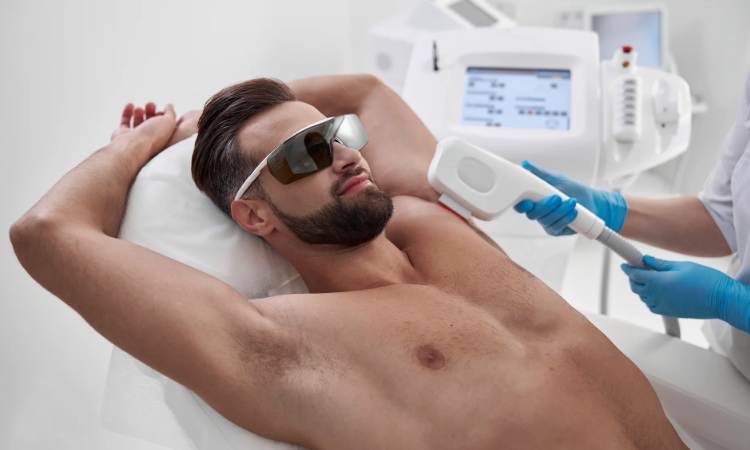
As we all know, if a comparison of men hair is made with women, the procedure takes a longer time since hair in men is thicker and much coarser. Still, such kind of home laser hair removal works quite well on men. Men generally target body areas like backs, chests, and beards, and may require many treatment sessions before results show themselves worth having. Clinical trials suggest that hair regrowth was reduced by around 50 to 70 percent after treatment lengths of between six and ten sessions.
The men hair type is more dense and thick. Therefore, the laser sessions should be consistent. When the hair regrowth slows, the devices at-home can be used for maintenance sessions. As compared to women, men show slower results with at-home laser devices. However, there are many advance home IPL lasers specifically designed for men’s thick and coarse hair, including in-built cooling mechanism, more enegery intensities, and larger treatment area to speed up the process.
Part 4: At-Home vs. Professional Laser Hair Removal. Which device works better?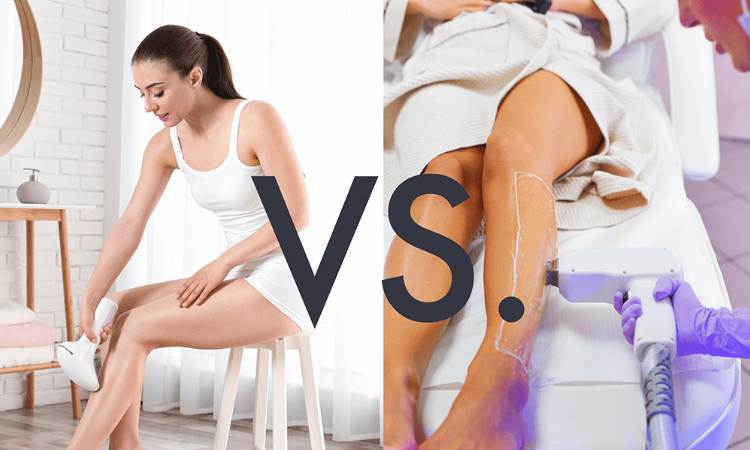
Does at-home laser hair removal actually work or should I go for professional treatments? Which works better? Professionals clinics go best with those more complicated problems such as hypersensitivity, any other medical condition or dermatology-related problem, larger treatment areas, or thinner or lighter hair. Dermatologists are now capable of customizing treatments through advanced laser technologies like Alexandrite or Nd:YAG that work really well on different skin colors in addition to hair textures. However, if you want to target areas like face, underarms, chins, and bikini line, and does not have a full budget for professional services, at-home laser hair removal is the best choice.
Let’s compare some benefits and limitations.
Affordability
In general, home devices range from about $200 to $600, while professional procedures for entire-body hair removal range from $1,000 to $3,000. Devices have enabled consumers to treat themselves directly on the underarm, arm, and leg surfaces.
The focus targetted area
Users can modify their therapy regimen and focus on those areas that need the most attention.
Limitations
Time-Intensive
At-home treatment protocols often call for between 6 and 10 sessions before they yield even minimally apparent results as compared to professional-grade laser sessions. Since units found at home lack the potency of professional equipment, effects result with lesser speed and duration.
Customized Treatment
Professional facilities have access to advanced laser systems, which are capable of delivering customized treatment for numerous types of hair and skin.
Part 5: Recommended Sessions for At-Home Laser Hair Removal Results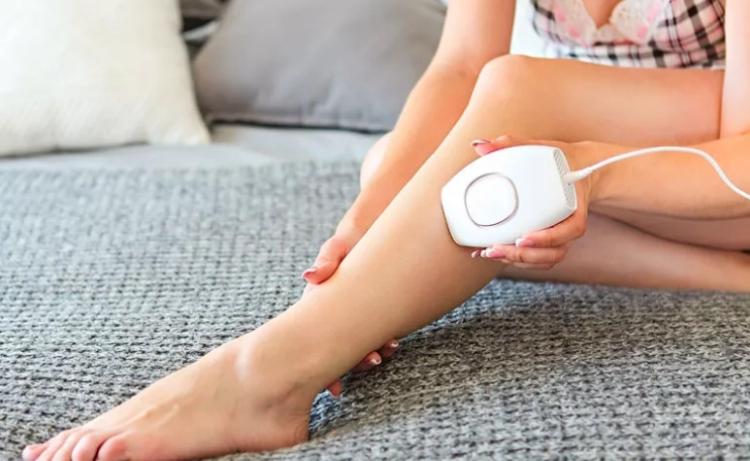
This is true to say that following the recommendations of the manufacturer is the key for the best results. Below is a general plan and expectancy:
Initial Phase
The treatment interval should be strictly every 2-4 weeks for the first 4-8 sessions in the area to be treated.
Maintenance Phase
Every 4 to 6 weeks should be scheduled in order to control regrowth. Regrowth appears to be thin and slower in most people after about three to four sessions; by eight sessions, that is quite noticeable with at-home laser hair removal devices.
Part 6: Trending Developments in At-Home Laser Hair Removal
Several advancements have been made in IPL devices, which make at-home laser hair removal actually work, affordable, and produce quality results.
In-built cool systems in devices, such as Ulike Air 3, make them suitable for sensitive consumers to facilitate pain-free.
Affordable and accessible: Laser hair removal is now becoming more affordable in general use as equipment becomes cheaper and less expensive.
Part 7: Expert Tips for Making At-Home Laser Hair Removal Actually Work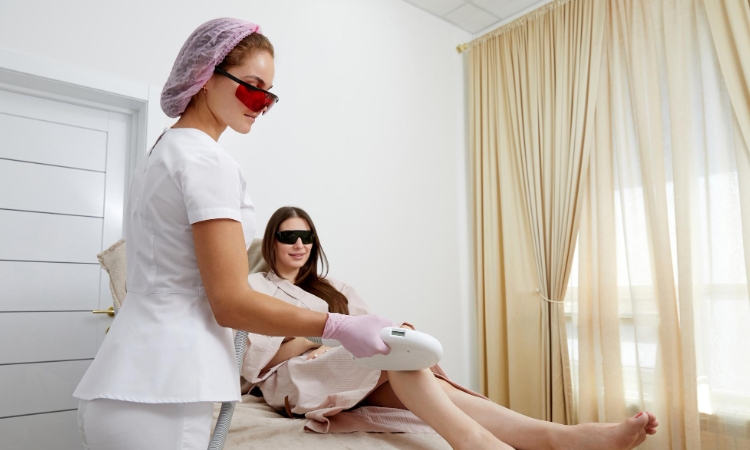
Follow these expert guidelines for better results with reduced risk:
Initially, test the device on a small area and check for any adverse reactions.
Avoid exposing the skin to direct sunlight. Sun-burned or tanned skin increase the burn risks, so wait for your complete skin to return back to its original color before commencing treatment.
Moisturization after treatment calms the skin and aids healing.
Go through the Manual. Each has different settings and protocols regarding its operation; knowing them will guarantee safe and efficient use.
Conclusion
The best in-home laser hair removal, yet most economical for light-skinned, dark-haired people, is a better option for people who want cheaper but more permanent results. It bridges the gap between desired safety and convenience while offering devices such as the Ulike Air 10 that epitomize the innovations in the field—in terms of easy-to-use, adjustable, and less painful procedures. However, one would need to be consistent, follow the rules, and practice patience to get the desired result.

 By Mariela
By Mariela
 Updated: January 5, 2025
Updated: January 5, 2025
 5 minutes
5 minutes








